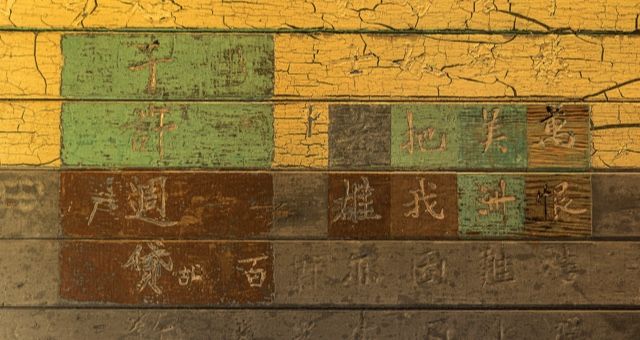
Poetry on the Barracks Walls of Angel Island
Angel Island is the small, green-forested island that complements the picture-postcard scenery of Alcatraz Island, the Golden Gate Bridge, and the San Francisco Bay. Hard to consider, when looking at the natural pastoral beauty of Angel Island, that the island was the setting for one of the most brutal chapters in the history of American immigration. From 1910 to 1940, Angel Island served as the principal immigration facility for the 175,000 Chinese and 60,000 Japanese immigrants coming to the West Coast. During those years, Angel Island was the brute force applied to Chinese immigrants to enforce one of the worst legislative acts against U.S. immigration: the 1882 Chinese Exclusion Act. Angel Island was no Ellis Island in New York Harbor. At Ellis Island, immigrants were (or were not) admitted to the country in a matter of hours. At Angel Island, Chinese immigrants were held for months — sometimes over a year — undergoing intense interrogations in an attempt to trip up the immigrants’ histories and send them back to China.

Photo by by Frank Schulenburg
At Angel Island, rough barracks were built to house the prospective Chinese newcomers and it was in these barracks that we find the writings of Chinese Americans. During their long stays of confinement — unsure whether they would be admitted into the U.S. or sent back to China — these immigrants wrote poetry on the barracks walls detailing their journey from China, their treatment at Angel Island, their fears and anxieties, joys and hope, all written on the barracks walls of Angel Island.
Angel Island is open for visitors to experience the tremendous importance of this poetry: it is a testament to the strength and fortitude undergone by these Chinese immigrants — a triumph over the brutality that challenged every Chinese immigrant coming to America.
Please check out the definitive book of Angel Island’s History of Immigration, The Island: Poetry and History of Chinese Immigration on Angel Island, 1910-1940 by Him Mark Lai, Genny Lim and Judy Yung, eds., 1991, 2014













